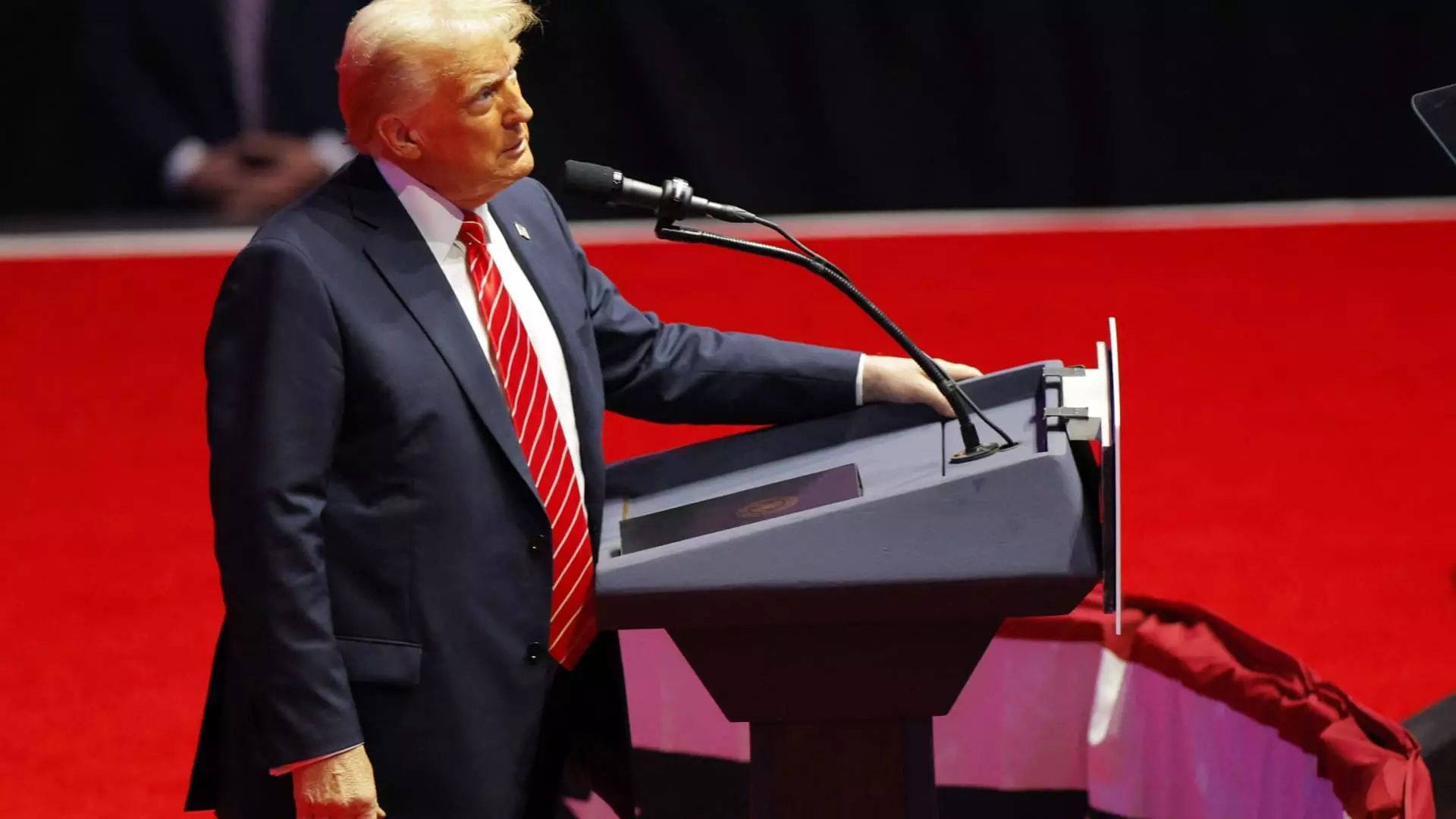With the dawn of Donald Trump’s presidency, the nation’s attention turns toward his forthcoming executive decisions. As he prepares to assume office, the anticipation builds around the immediate changes he will implement. Notably absent from his initial actions, however, are the anticipated tariffs against U.S. trading partners—a significant departure from his campaign rhetoric. Instead of imposing immediate duties on imports, Trump’s approach appears to pivot towards a more evaluative and strategic methodology regarding trade.
On the first day of his presidency, Trump is expected to issue a trade memorandum directing federal agencies to investigate and analyze unfair trade practices and currency manipulations, particularly concerning major partners such as China, Canada, and Mexico. This memo signifies a methodical approach, indicating that while Trump is committed to addressing trade imbalances, he is prioritizing research and insights over rash economic policies. By focusing on a comprehensive assessment, the new administration seems to be embracing a more measured stance as it navigates complex international trading relationships.
Trump’s initial trade plans, as outlined during his campaign, suggested drastic measures like implementing a universal 20% tariff on imports and an even steeper 60% duty on Chinese goods. These aggressive approaches contributed to fears among economists and business leaders, who argued that such protectionism could potentially lead to increased production costs and higher consumer prices. The concern was amplified during a delicate recovery phase from pandemic-induced inflation spikes, suggesting that the president-elect may now recognize the risks associated with those policies.
Reports indicate that Trump’s team has been considering a more refined approach to tariffs, proposing a graduated system where tariffs could increase by 2% to 5% per month. This tactic could allow for flexibility, enabling the administration to respond dynamically to changing market conditions and international relations. Such a strategy may serve to mitigate the potential negative impacts of tariff implementation on both American consumers and businesses, moving away from the all-or-nothing model that defined his campaign stance.
As Trump steps into the role of the nation’s leader, he faces the challenge of balancing his campaign promises with the practicalities of governance. While he remains dedicated to addressing perceived injustices in trade practices, adopting a more analytical and strategic framework could yield more sustainable economic outcomes. This shift hints at a recognition that managing global trade relationships requires finesse and adaptability, particularly in a post-pandemic world that is gradually finding its footing.
Trump’s early trade decisions reveal a nuanced approach that contrasts sharply with his previous fiery rhetoric. Instead of immediate confrontation, he opts for analysis and strategy—an evolution that could define his administration’s economic legacy as it seeks to bolster American interests while navigating complex global landscapes.

